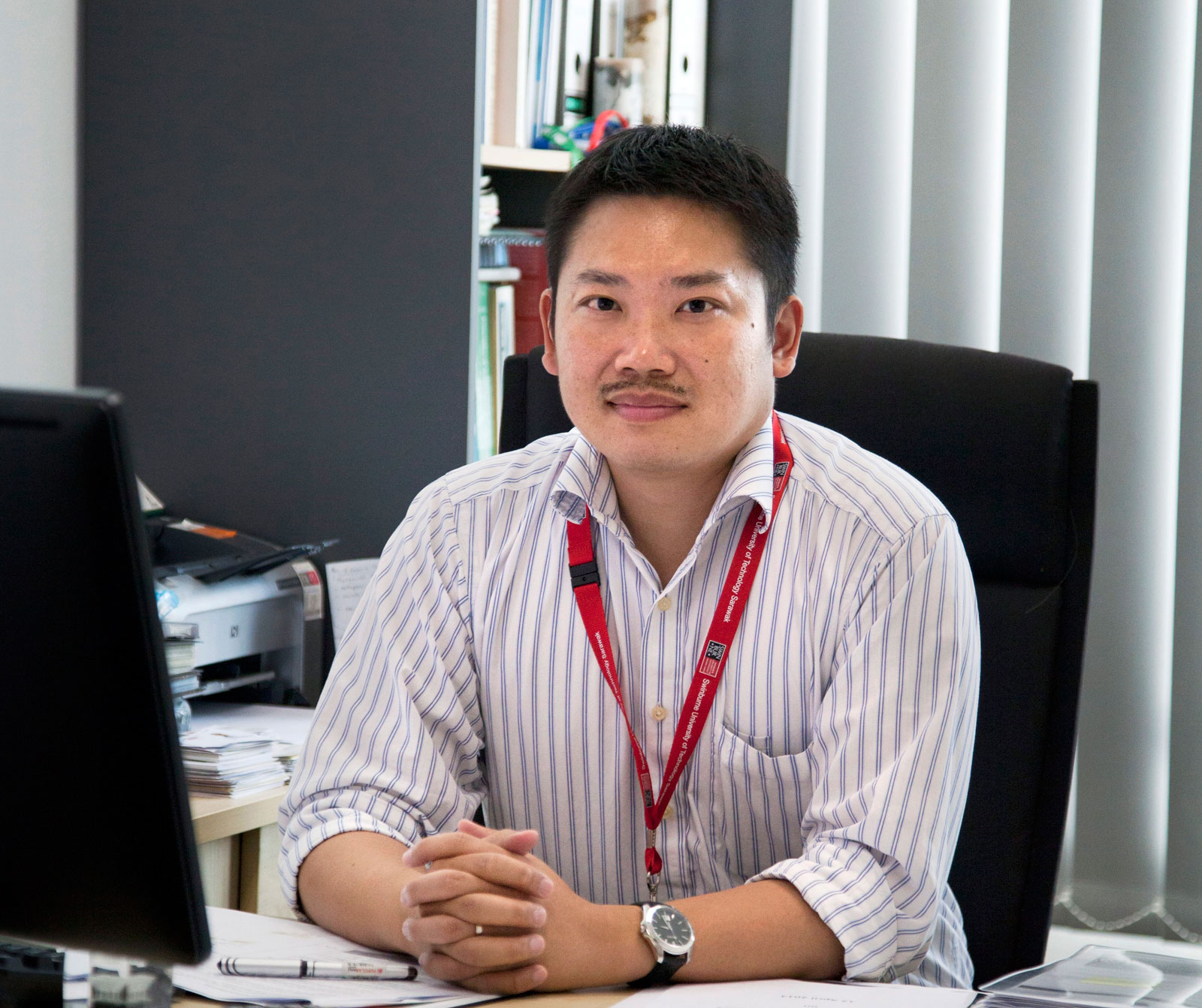KUCHING – Ash, slag, crushed glass and other industrial by-products could be used for the construction of infrastructure and buildings in the future.
Researchers at Swinburne University of Technology Sarawak Campus are looking into the potential of these by-products as building materials in an effort to “greening” the environment.
“We are focusing on the development of sustainable construction materials based on geopolymer technology, by using fly-ash, bottom ash, slag or crushed glass created by the various industries in the Sarawak Corridor of Renewable Energy (SCORE) development initiative,” said Ir Dr Dominic Ong, Acting Director of the Swinburne Sarawak Research Centre for Sustainable Technologies.
Fly-ash is produced from the combustion of coal while bottom ash is part of the non-combustible residue of combustion. Slag is a by-product of the process of smelting ore. These by-products, Ong said, could be potentially used as sustainable construction materials since they have chemical binding potential similar to cement.
“At the forefront of technology, geopolymer has been researched upon as a 100% replacement for cement in some countries,” he said.
With properties like relatively better resistance to fire and acid as well as higher strength capability, the use of fly-ash in concrete has the potential to contribute positively to the construction industry.
“As an industrial by-product from coal-fired power plants, fly-ash can be useful especially in the manufacture of geopolymer end-products such as clay bricks and ceramic tiles, or as a constituent in concreting works for the construction of hydropower dams as roller-compacted concrete, and sea ports” Ong said.
“Adding fly-ash to concreting works will contribute to effective control of temperature gradients in thick casts of concrete structures. It prevents micro-cracks and enhance concrete durability when exposed to corrosive sea-water.”
The lower carbon footprint of fly-ash based geopolymer will also contribute to less environmental impact, Ong said.
The researchers hope to have better insight into the mechanical properties of fly-ash and are collaborating with well-established geopolymer researchers from Swinburne University’s Centre for Sustainable Infrastructures in Melbourne to provide the thrust into the local geopolymer technology scene.
To learn about the geopolymer research work carried out in Melbourne, a higher degree by research PhD candidate from Swinburne Sarawak has accessed sophisticated material testing machines including the scanning electron microscope, X-ray Diffraction, Thermogravimetric Analyser and Particle Size Analyser, at Swinburne’s state-of-the-art Smart Structures and Materials Laboratories in Australia.
“Both research centres have invested financial, technological and human resources to ensure the successful transfer of technology. This will serve as a springboard for local researchers’ contribute to SCORE in view of the development of more coal-fired power stations as well as steel and aluminium smelters,” Ong said.


